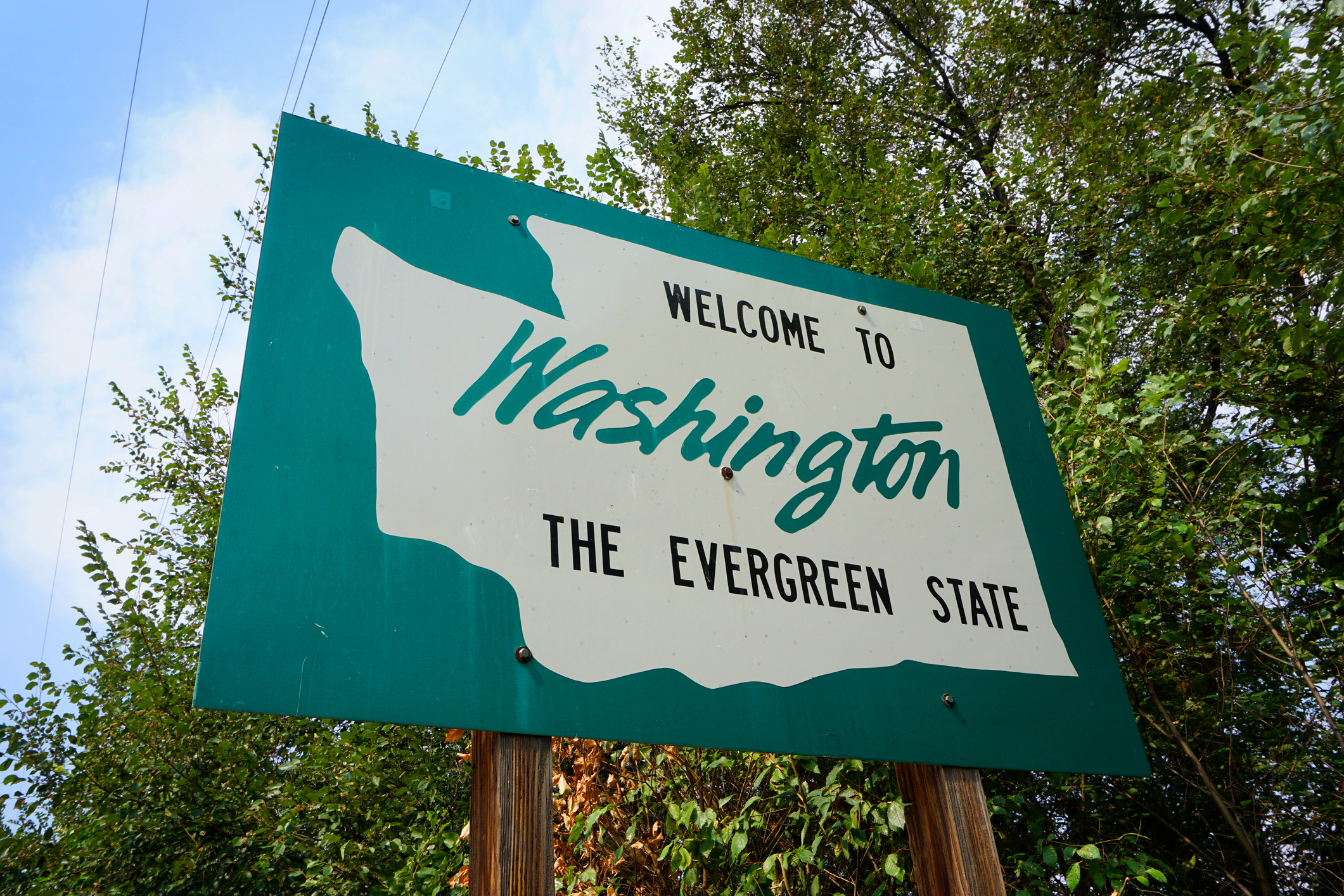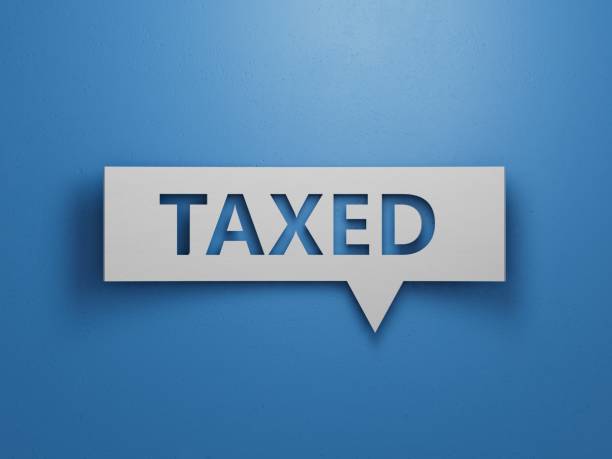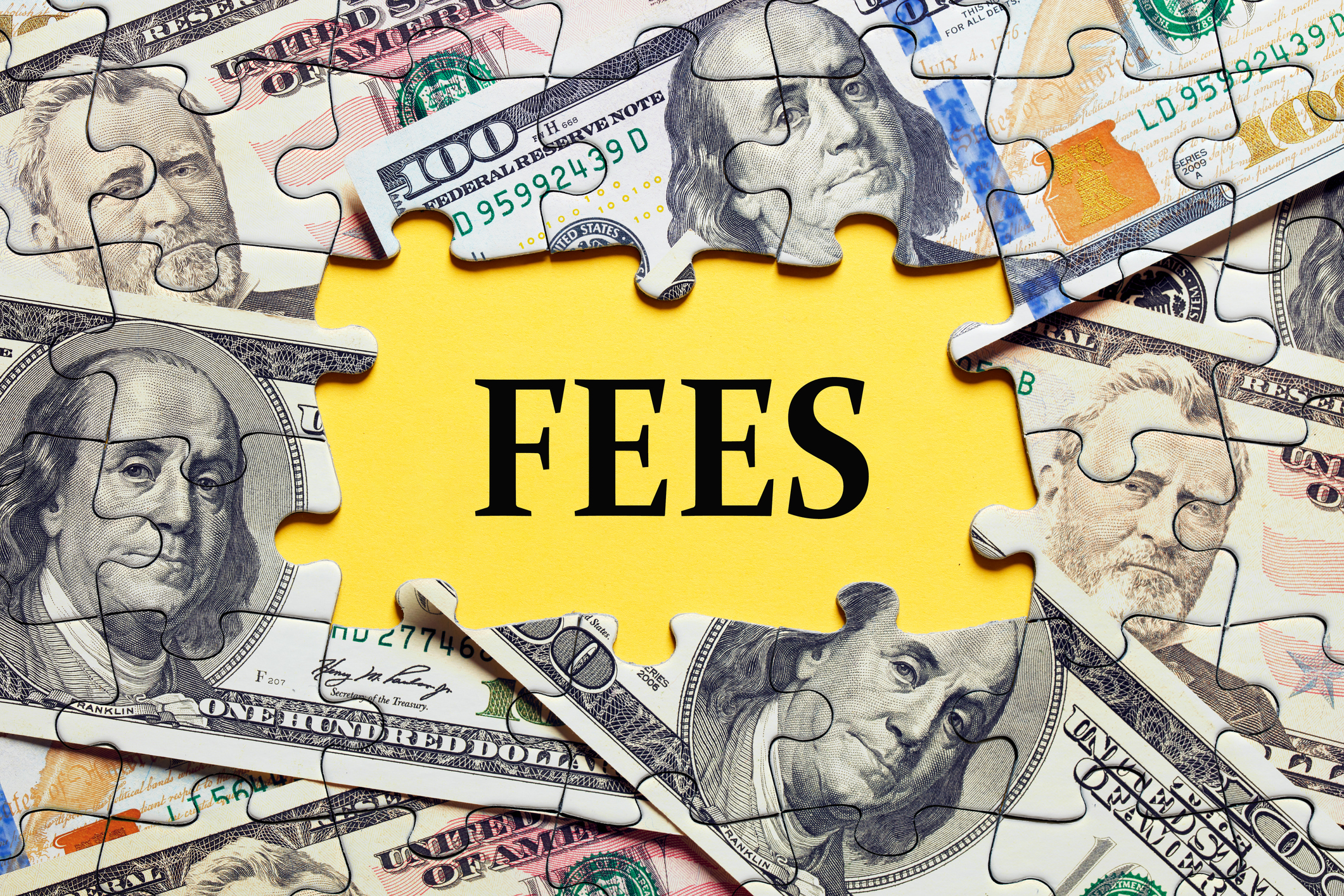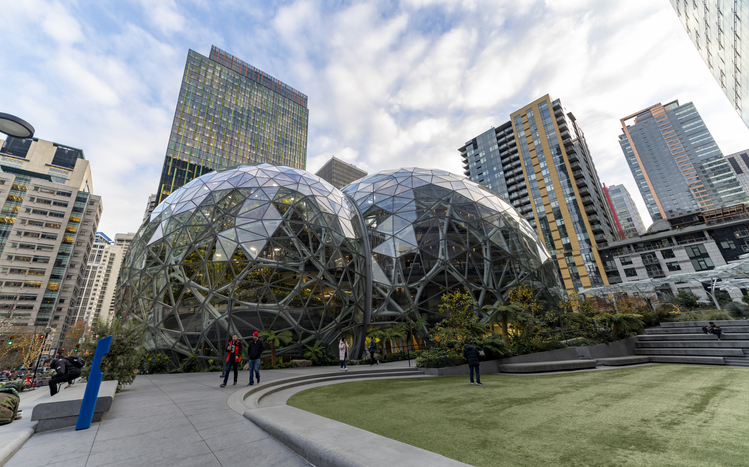The recent Seattle Times article, “WA slides again in ranking of best states but remains in top 10,” touts Washington’s eighth-place ranking in the U.S. News & World Report’s “Best States” list. While the state’s high marks in environment, health care, and infrastructure (though a questionable ranking when you include Washingtons failing roads) are noteworthy, the article glaringly omits a critical factor: Washington’s high taxes and crushing cost of living. This omission glosses over the economic realities faced by residents, presenting an incomplete and overly optimistic picture of the state.
The U.S. News ranking evaluates states across eight categories: health care, education, economy, infrastructure, opportunity, fiscal stability, crime and corrections, and natural environment. According to the report, Washington scores well in several areas, ranking second in health care and fourth in education. However, the Washington Policy Center's (WPC) own education scorecard places Washington much lower at between 17th and 24th when outcomes are considered as part of the calculation. This has a significant impact on the state’s overall ranking.
Washington ranks a mediocre 40th on opportunity, or the “economy” category, where it sits at 23rd. These low to middling scores hint at deeper issues, particularly affordability. By focusing on the state’s strengths while ignoring weaknesses, the piece paints a biased picture that doesn’t reflect the struggles of everyday Washingtonians.
According to the Bureau of Economic Analysis, in 2024, Washington’s overall costs are 8.6% higher than the U.S. average. Housing, in particular, is a major driver of this burden. Zillow, the online home listing service, quotes the median home price in King County as $883,613, up 4.2% from the previous year pushing affordable housing out of reach for many.
According to the report, Washington ranks 49th in short term fiscal stability.
High rankings in environment or health care mean little when residents can’t afford rent, groceries, or utilities. The U.S. News methodology does consider “economic opportunity” and “affordability” under the opportunity category, but Washington’s affordability 49th-place ranking here suggests these factors are dragging the state down.
The cost-of-living crisis has real consequences. Washington’s high prices are driving out-migration, with net domestic migration of -33,762 residents leaving the state from 2020 in 2024. Census data shows Washington had the largest net loss of residents to Idaho and significant losses to Ohio and Georgia. Families and young professionals are fleeing to more affordable states, undermining the “opportunity” the article implicitly celebrates. This exodus is a clear signal that the state’s economic environment is not as rosy as the ranking suggests.
Rankings in the report often weigh metrics in ways that favor certain policy priorities. For instance, high spending on the environment and health care boosts Washington’s score, but the ranking doesn’t adequately measure whether these investments translate into affordable outcomes for residents.
Washington’s high cost of living isn’t just a statistic, it’s a barrier to opportunity, mobility, and stability. Policymakers must address this crisis through measures like streamlining regulations to boost housing supply, reducing tax burdens, and fostering economic growth that benefits all Washingtonians.
Washington residents deserve a more honest discussion that acknowledges the cost-of-living challenges driving families away and straining household budgets. Only by confronting these realities can we craft policies that make Washington a truly great place to live for everyone.






